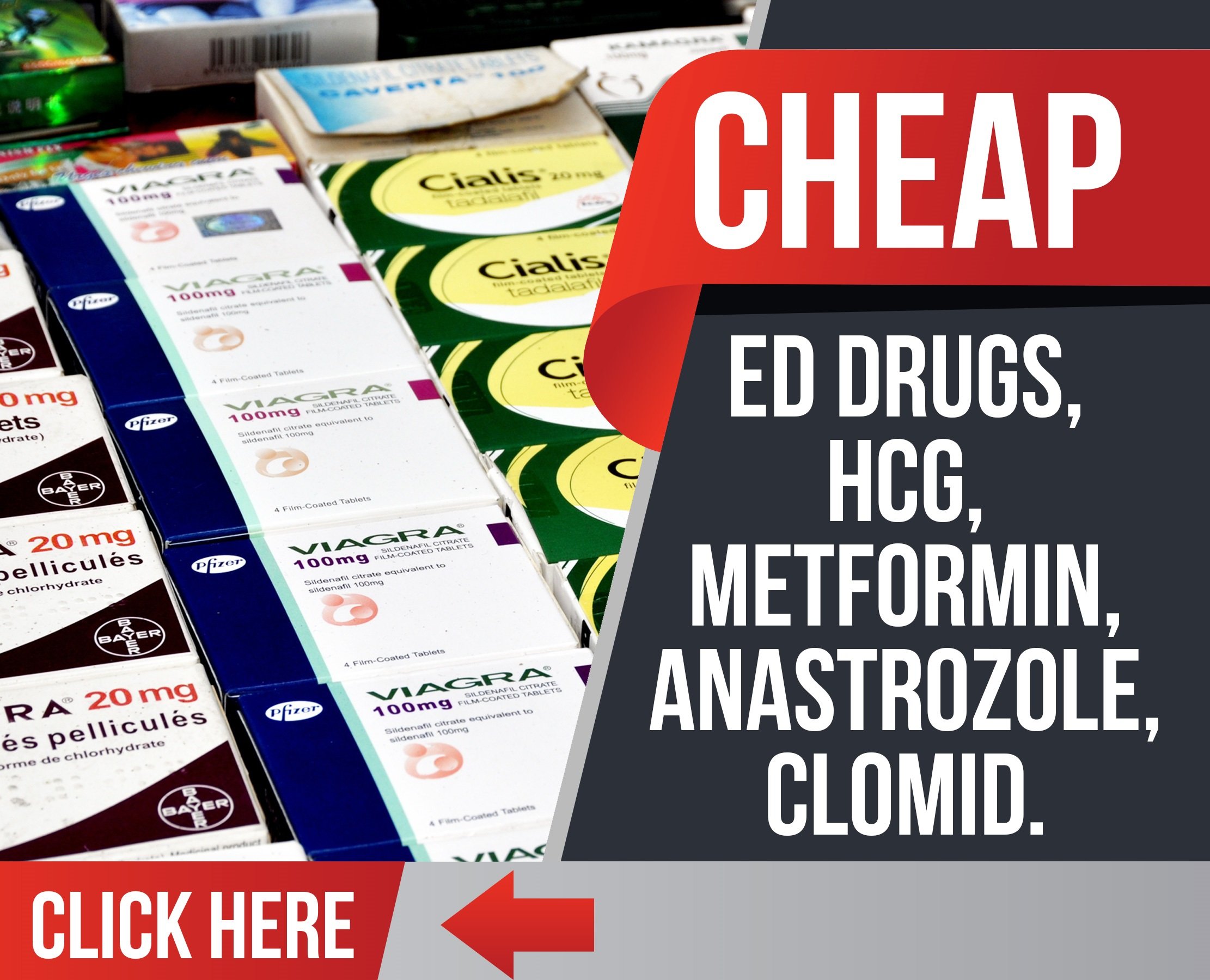madman
Super Moderator
My results says direct, so probably an RIA. Just assuming it doesn’t cross-react with free nandrolone as if it did it should have been way higher than the reference @ 7.2-24.0 pg/ml. I’ll recheck using mass spec the next time I do bloodwork
Yes but it is still not an accurate method for testing FT.
You would need to have it tested using Equilibrium Dialysis or Ultrafiltration to know where it truly sits especially in cases of altered SHBG.


















